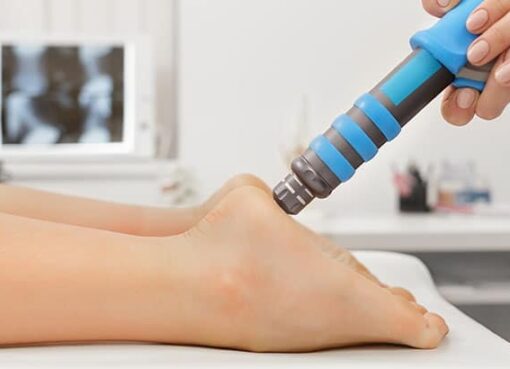Medical rooms are not the nicest places in the world. Generally, they are quite bland in the furnishing department they are designed for functionality rather than style. It is also as though all the rooms have been kitted out and designed by the same person such as the degree of uniformity that exists from one room to another. And it is not just the furnishings it is the average art that adorns the walls and the outdated magazines available to read as well. It is also in the medical equipment that can be found in each room. If you are not familiar with the type of equipment generally found in a doctor’s rooms, here are some examples of things that are almost always there.
Staying sterile
Medical equipment needs to be looked after properly and it needs to be kept clean to avoid the spread of germs and disease. As such almost any doctor who performs procedures, no matter how simple or elementary they may be, will have an autoclave or a Melag Steriliser in his rooms. This is far and away the simplest solution for making sure that each client who is treated is seen with pristine instruments, and it does away with the hassle of having to send equipment away for sterilization.
Basic diagnostic tools
If a doctor cannot listen to your heart and lung or tell check your blood pressure, then he is on a hiding to nothing. These are basic tools of the trade and almost every doctor, no matter how specialised or novice, will have a stethoscope and a blood pressure cuff available. Checking these stats is an important part of taking a medical history and establishing an overall picture or health. A doctor who doesn’t have this equipment is probably not a medical doctor.
The cup
In many a medical visit there comes a point when you are asked to urinate into a cup. Almost all doctors will have plastic jars in a cupboard for when that sample is needed. Those sample jars probably sit adjacent to test tubes and syringes which can be used for collected other samples that may be required.
A narrow bed
Unless you are visiting a psychiatrist, who might want you to lie on his couch, most other doctors will just have a narrow bed in their rooms, wide enough for you to lie down on, but not wide enough for you to roll over on. The bed is where examinations can happen. Typically, there is no bedding on the bed, just a towel or a sheet. It’s not a place for you to get comfortable with a book, it is just a spot that allows for easy examination access.
Hello computer
Most modern doctors will have a computer in their offices. This is partly for record keeping and partly for reference purposes. Many is the doctor who will look up symptoms or differential diagnoses online. The internet has a lot of information available on it and there is no reason why your doctor, no matter how much of an expert he, or she, may be, should not verify things online.





